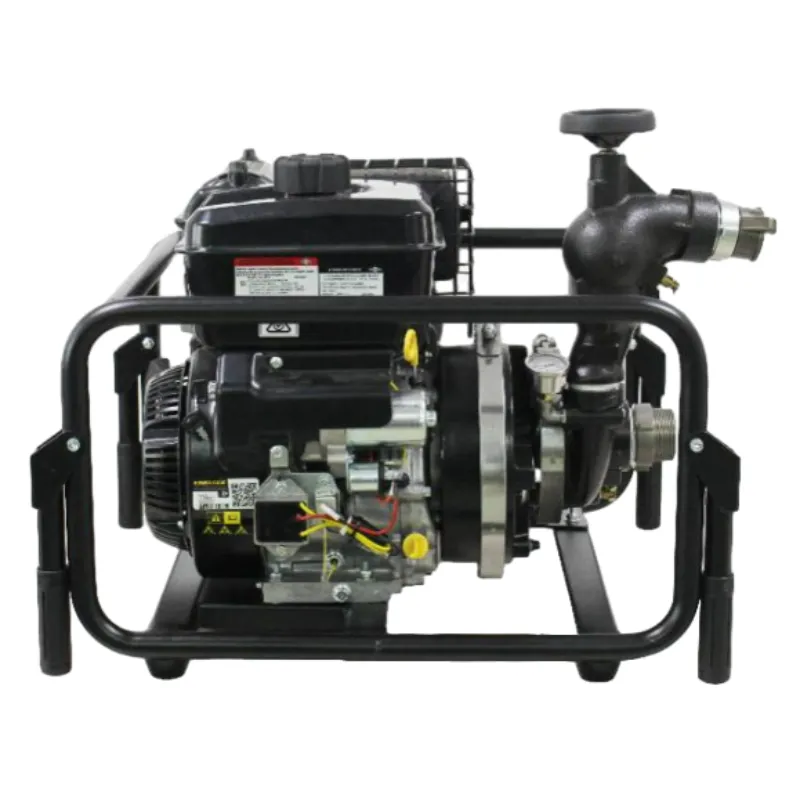

The trash hook carries an authoritative endorsement from several fire training academies where it is incorporated into standard curriculums. Firefighting trainees are drilled in its effective use, learning both the mechanics of the tool and situational judgment necessary for its deployment. These training modules are crucial, teaching how to wield the instrument effectively without compromising safety, further solidifying the trash hook’s position as a staple in firefighting equipment. In building trustworthiness around the product, manufacturers focus on quality assurance, ensuring each tool meets rigorous safety standards. Feedback from procurement officers suggests that reputable brands prioritize durability, considering the harsh conditions under which these tools operate. This feedback loop between responders and manufacturers ensures continuous improvement in the design and efficacy of the tool. Additionally, certified user reviews repeatedly emphasize the seamless integration of the trash hook in existing firefighting kits, highlighting its interdependent use with other critical tools like axes and halligans. The evolution of the trash hook also reflects advancements in material science. Modern versions are now increasingly made from composite materials which offer both enhanced operational performance and resistance to corrosion—extending the tool's lifespan and reliability. In conclusion, the firefighter trash hook is indispensable, valued for its practical benefits and esteemed for its contribution to successful firefighting missions. Bridging the gap between tradition and innovation, this tool remains an unyielding testament to the courage and expertise of firefighters worldwide. As departments seek efficient and reliable equipment, the trash hook embodies a confluence of robust design and unparalleled functionality, making it a pivotal addition to any firefighting arsenal.




























